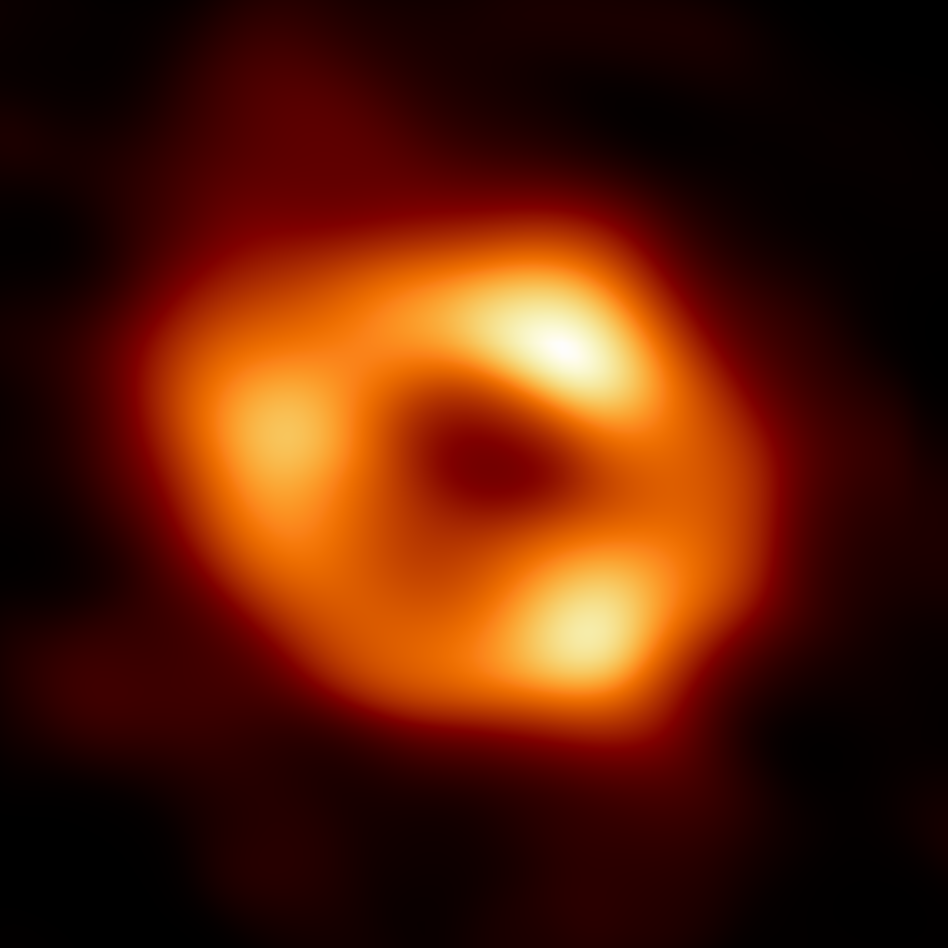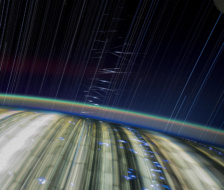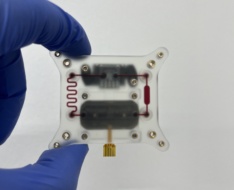At the center of our galaxy—and, probably, at the center of most others—is a supermassive black hole, driving the complex swirl of stars and gas that we live in.
Yesterday, scientists unveiled the first image of the Milky Way’s own black hole, Sagittarius A* (or Sgr A* for short), in shockingly high resolution. The now-viral image was captured in 2017 using the Event Horizon Telescope (EHT), a system of eight ground-based radio observatories that, together, form a giant, Earth-sized “virtual telescope.”
For days, the observatories’ operators pointed their sensors at the same little patch of the sky at a distant spot 27,000 light years away, taking long exposures lasting several hours apiece. Those images were then synthesized using supercomputers running programs specifically designed for this complex analysis.
It’s not easy to grab a photo of a black hole. Notoriously, no light is able to escape the intense, space-bending gravity. What we can see, rather than the black hole itself, is the radio signals emitted by the halo of gasses, spinning at nearly the speed of light, trapped in the black hole’s gravitational field.
Imaging Sgr A* was particularly difficult. In 2019, scientists with EHT published an image of M87*, a black hole at the center of another galaxy and the first image of a black hole ever captured. M87* is about a thousand times larger than our own Sgr A* (which, by the way, is four million times more massive than our Sun).
Because of this, the gasses surrounding M87* take much longer to complete a full orbit. Individual images taken of M87* all looked more or less the same. Not so for our little one—gasses around Sgr A* could complete a full orbit within a few minutes.
- It was “a bit like trying to take a clear picture of a puppy quickly chasing its tail,” EHT scientist Chi-kwan Chan said in a blog post.
Here’s what scientists can already tell from the new image of Sgr A*:
- Einstein was right about gravity. (We’re all very surprised.) The fuzzy red halo in the image aligns remarkably well with what his theory of general relativity had predicted.
- Sgr A* is spinning, and its axis, rather than aligning with the spin axis of the Milky Way as a whole, points pretty much right at us.
- The black hole is “on a starvation diet,” project scientist Geoffrey C. Bower told the AP. Very little material, cosmically speaking, is falling into Sgr A*, which allowed scientists to peer deeper inside.




